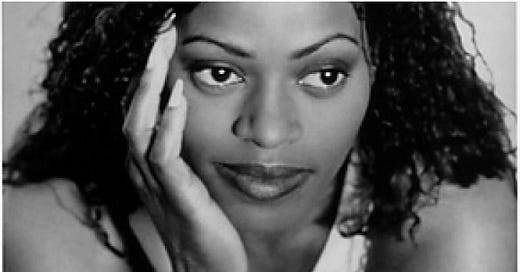Des'ree-"I'm Kissing You"-A Revisit
A master class in emotional expression and technical skill as a vocalist
Keep reading with a 7-day free trial
Subscribe to Meandering Muse to keep reading this post and get 7 days of free access to the full post archives.





